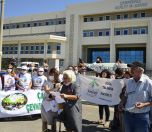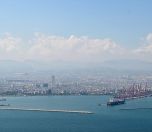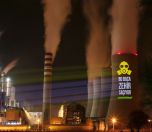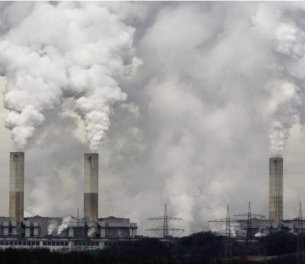TURKISH STATISTICAL INSTITUTE
'15.1 Million Tons of Hazardous Waste Generated in Turkey in 2018'
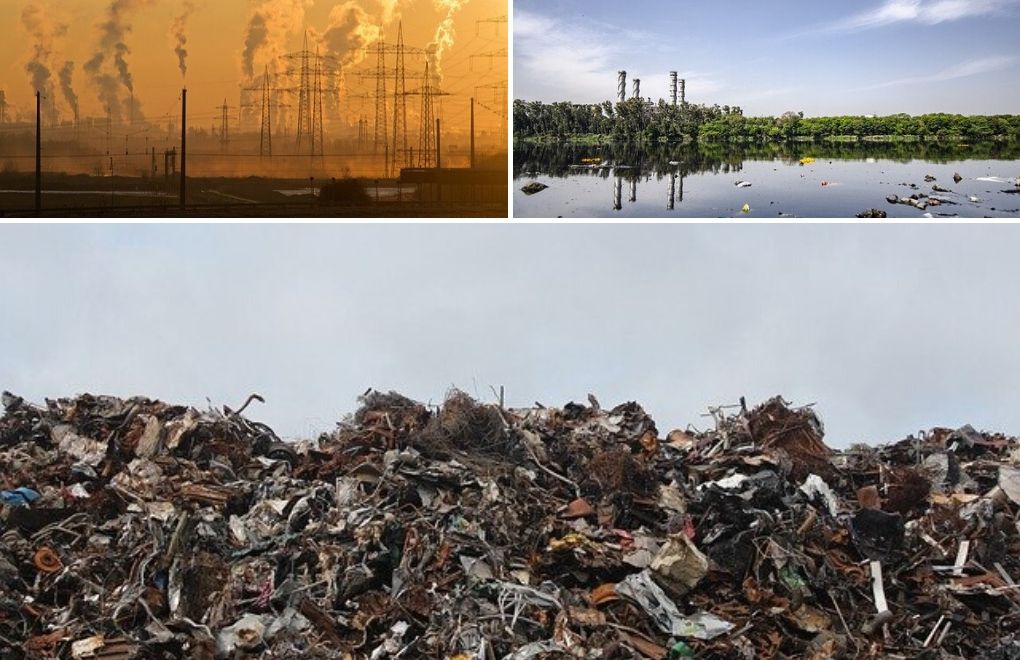
* Pictures: Pixabay / Graphics & News: TurkStat
Turkish Statistical Institute (TurkStat) released "Statistics on Environment" for 2018 on the occasion of World Environment Day on June 5.
The report has shown that while 14.8 billion cubic meter of wastewater was discharged to environment in 2018, 77.4 percent of it was discharged to sea. Out of 66.8 million tons of waste generated in 2018, 15.1 million tons was hazardous, the report has also indicated.
Other highlights from the report are as follows:
Greenhouse gas emissions in 2008 and 2018
The greenhouse gas inventory results have revealed that the overall greenhouse gas (GHG) emissions as CO2 equivalent (eq.) for 2008 were 387.6 million tons (Mt) and, for 2018 ,were 520.9 million tons (Mt).
In the year 2008, the energy sector accounted for the largest share of GHG emissions at 74.1 percent. The energy sector was followed by the agricultural activities with 10.6 percent, the industrial processes and product use with 10.6 percent and the waste with 4.7 percent for 2008, whereas these share figures were calculated as 71.6 percent for the energy sector, 12.5 percent for agricultural activities, 12.5 percent for the industrial processes and product use, and 3.4 percent for waste for the year 2018.

CO2 eq. emissions per capita was calculated as 6.4 tonnes and emission intensity was calculated as 0.14 kg CO2 eq./GDP (TRY) for the year 2018.
Water abstracted from the environment
17.5 billion cubic meter of water was abstracted from the environment in 2018 in order to be distributed via municipalities and villages' water supply networks, and used by manufacturing industry establishments, thermal power plants, organized industrial zones and mining establishments.
Out of the total amount of water, 56.2 percent was abstracted from sea, 15.1 percent from dams, 14 percent from wells, 8.7 percent from springs and 5.9 percent from other sources in 2018.
Out of the total amount of water abstracted from the environment, 44.9 percent was abstracted by thermal power plants, 35.3 percent by municipalities, 15.3 percent by manufacturing industry establishments, 2.2 percent by villages, 1.4 percent by mining establishments and 0.9 percent by organized industrial zones in 2018.
98.6 percent served by water supply networks
98.6 percent of the municipal population, 99.4 percent of the rural population and 98.6 percent of the total population was served by water supply networks in 2018, whereas 97.3 percent of the municipal population, 99.1 percent of the rural population and 97.4 percent of the total population was served by water supply networks in 2014.
77.4 percent of wastewater discharged to sea
14.8 billion cubic meter of wastewater was discharged to the environment in 2018. Out of the total amount of wastewater discharged to the environment, 77.4 percent was discharged to sea, 18.7 percent to rivers, and 3.8 percent to other receiving bodies in 2018.
Out of the total amount of wastewater discharged to the environment, 51 percent was discharged by thermal power plants, 30.8 percent by municipalities, 14.7 percent by manufacturing industry establishments, 1.6 percent by organized industrial zones, 1.1 percent by mining establishments and 0.8 percent by villages in 2018.
Sectors, abstracted the most water from the environment and discharged the most wastewater to the environment in 2018, are thermal power plants, municipalities and manufacturing industry establishments, respectively.

88.5 served by sewerage systems
90.7 percent of the municipal population, 55.5 percent of the village population and 88.5 percent of the total population was served by sewerage systems in 2018. In 2018, the wastewater discharged by 78.7 percent of the municipal population, 10.2 percent of the village population and 74.5 percent of the total population was treated.
15.1 million tons of hazardous waste generated
Out of 37.1 million tons of waste generated by manufacturing industry, thermal power plants, organized industrial zones, mining establishments and health institutions, 3.4 million tons was hazardous in 2010.
On the other hand, out of 66.8 million tons of waste generated in 2018, 15.1 million tons was hazardous. While 725 million tons of overburden was generated by mining sector in 2010, it was 795 million tons in 2018.
2,223 waste disposal, recovery facilities in operation
A total number of 985 waste disposal and recovery facilities having a licence or a temporary licence or regardless of licence, operated by or on behalf of municipalities were in operation in 2014, whereas a total number of 2,223 waste disposal and recovery facilities were in operation in 2018.
While 117 of all treatment facilities were waste disposal facilities and 868 were waste recovery facilities in 2014, 166 of all treatment facilities were waste disposal facilities and 2,057 were waste recovery facilities in 2018.
56 million tons of waste was landfilled in landfill facilities, 494 thousand tons of waste was incinerated in incineration plants and 48 million tons of waste was recovered in recovery facilities in 2018, whereas 41 million tons of waste was landfilled in landfill facilities, 43 thousand tons of waste incinerated in incineration plants and 20 million tons of waste was recovered in recovery facilities in 2014.
Environmental protection expenditure: 38.2 billion TRY
While environmental protection expenditure were realized as 21.4 billion TRY in 2013, it was 38.2 billion TRY in 2018. Out of total environmental protection expenditure, 64 percent was realized by financial and non-financial corporations, 28.4 percent by general government and non-profit institutions serving households and 7.6 percent by households in 2013.
56.6 percent was realized by financial and non-financial corporations, 36.3 percent by general government and non-profit institutions serving households and 7.1 percent by households in 2018.
Whereas the share of environmental protection expenditure in gross domestic product was 1.2 percent in 2013, it was 1 percent in 2018.
Environmental tax revenue: 91.1 billion TRY
While total environmental taxes accrued as 34.7 billion TRY in 2008, it was 91.1 billion TRY in 2018.
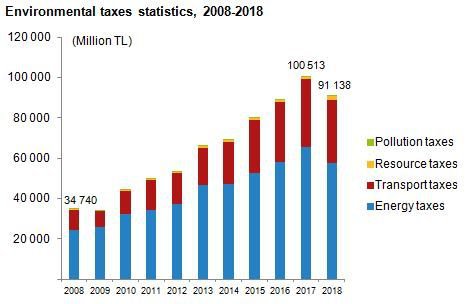
Out of total environmental taxes, energy taxes accounted for 70.7 percent, followed by transport taxes as 28 percent, and resource and pollution taxes as 1.3 percent in 2008. Energy taxes accounted for 63.3 percent, followed by transport taxes as 34.2 percent, and resource and pollution taxes as 2.5 percent in 2018. (SD)




